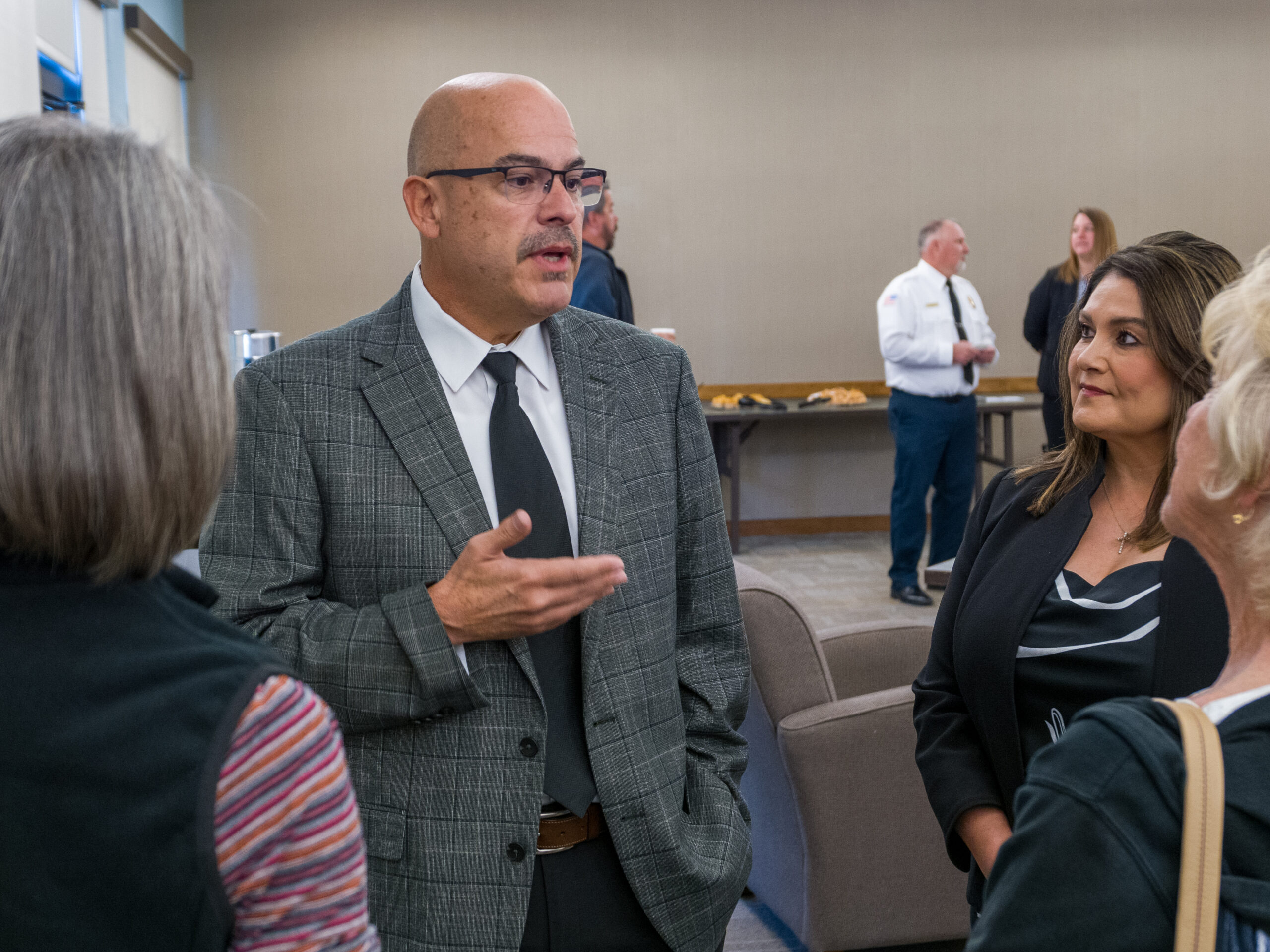When the first soldiers came to what would eventually become Fort Verde in the latter half of the 19th century, there wasn’t a grocery store around the corner with a more or less constant supply of produce on a daily basis.
If someone wanted fresh vegetables at the military post, they would have grown them themselves.
It’s that spirit that led to the creation of the little garden at Fort Verde, Park Manager Sheila Stubler said.
“We’ve had the demonstration garden for a while now,” Stubler said. “We like to show it off.”
It’s a testament to the community that there’s anything to show off at all. When the state found itself in dire financial straits, the Legislature gutted the Arizona State Parks coffers. The fort was slated to close down indefinitely, but thanks to a financial commitment from the Town of Camp Verde and a massive commitment of time from dozens of dedicated volunteers, the fort is still a tourist attraction, at least for another year.
 The volunteers perform all sorts of vital tasks at the fort, from manning the front desk to interacting with the public to carrying out needed structural repairs to the aging adobe buildings.
The volunteers perform all sorts of vital tasks at the fort, from manning the front desk to interacting with the public to carrying out needed structural repairs to the aging adobe buildings.
While the garden belongs to the fort as a practical matter, one volunteer has taken on the responsibility of caring for the small plot of land as a personal project.
On any given day, visitors might find Mary Ann Brownell tending to the plants, pulling weeds or watering the little blooms in this corner of the desert. It’s a place Brownell enjoys being, whether for a moment of quiet reflection or a friendly chat with a passersby.
“I don’t get out here enough,” Brownell said, stopping to remove an intrusive weed. “It takes a lot of work.”
Brownell doesn’t mind. When she’s not busy with her day job working with a physician, she’s out at the garden to make sure everything is OK.
The garden offers a variety of edible goodies — beans, squash and pumpkins among other flora. Saturday, June 12, was a day off from work and another opportunity for Brownell to tend to the health of the garden.
Corn, beans and squash are the “three sisters” of traditional gardening methods, but there are several other plants growing here. Brownell said the park is looking at putting up sunflowers to provide needed shade for some of the plants.
While not everything in the garden may have been grown here back in the days of the pioneers, Brownell said she tries to keep her gardening methods as close as she can to what might have been. She cares for the plants alongside others growing in a traditionally Native American fashion.
That means no pesticides or other chemicals, Brownell said.
Brownell is far from the only visitor to the garden. Many of them are apt tourists eager to learn, but some of them aren’t interested in methods of gardening or what the pioneers would have been doing out here. This group likely gets around on four legs.
“Something’s been getting in here and eating away at the plants,” Brownell said. Brownell’s dog accompanies her to the park, but last Saturday seemed more interested in sleeping in the shade than investigating any animal trespassers.
Brownell sort of just fell into the job of gardening at the fort.
“They had eight people sign up saying they would be interested [in the garden],” Brownell said with a laugh. “But I just happened to show up regularly.”
Visitors are always more than welcome to come see the garden, and the rest of the fort, for that matter. The park is
open from 9 a.m. to 5 p.m. Thursday through Monday. Call 567-3275 for more information.



